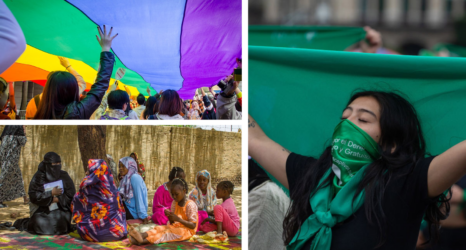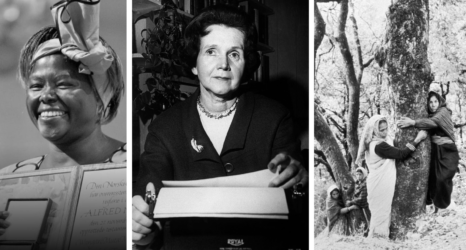In October of last year, India’s highest court ruled that sex with a child was always rape—closing a loophole in their age of consent laws that had allowed men having sex with child brides as young as 15 to evade punishment. In its ruling, the court declared that the clause was “discriminatory, capricious and arbitrary,” and “violates the bodily integrity of the girl child.”
Child marriage has long been rampant in India. The nation ranks 10th in the world for child marriage. Nearly one in three married women were under 18, according to the most recent 2011 census, and an estimated 47 percent of girls in India are married before their 18th birthdays. In rural areas, where most of India’s population resides, the problem is most severe.
For this reason, victory at the court was celebrated by activists around the globe—but months later, reports from India reveal that the ruling has been difficult to enforce at the community level.
“You cannot wave a magic stick,” Anand Madhab, a consultant at the Gender Resource Center, told the New York Times. “It’s a deep-seated problem.”
Reporters from the outlet followed plain-clothes police in Madhura, India as they carried out a raid to stop a child marriage and spoke to community members about the new law, ultimately finding that “a long list of social and economic pressures, from poverty to a dearth of education opportunities,” were “propping up the number” of persistent cases of child marriage and rape. USA Today’s own reporting on the new law cited several cultural complexities within India’s poorer communities that posed challenges to real reform, including weak law enforcement and the country’s strongly-embedded cultural norms.
The concepts of rape and domestic abuse are not as widely understood or appreciated in India, especially in small villages where local families live day-to-day and participate willingly in child marriage customs.
Many communities in India are now tasked with embracing what an independent young woman really looks like—and respecting that a woman owns the right of the destiny of her body and future. Indian cultures are going to have to rewrite their collective consciousness, moving away from a paradigm where their daughters can be bought and sold and toward one which allows their daughters to behave as free agents.
Policy change is a strong first step to ending cultural practices like child marriage, FGM and other interrelated attacks on women and girls—but social change must also be part of the solution. The landmark ruling handed down by India’s highest court is only as strong as its enforcement—and until something shifts in India, girls across the region will still yearn for their full freedom.





